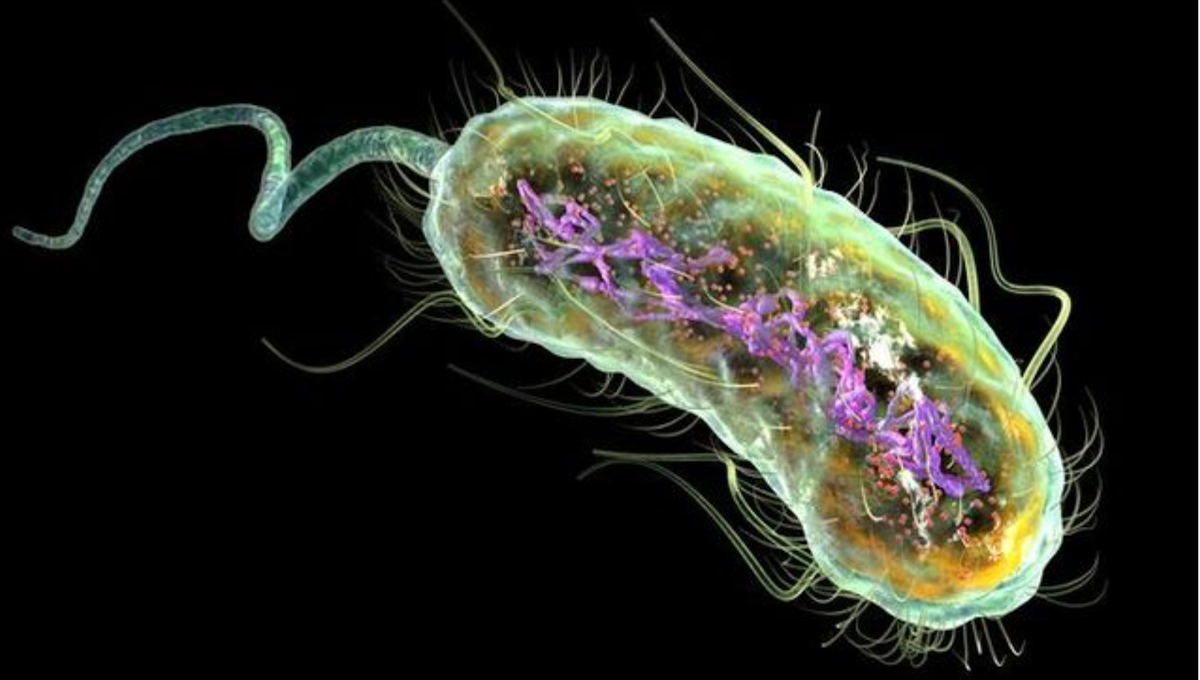
Tokyo’s Asakusa neighborhood boasts one of the densest concentrations of traditional sightseeing spots in the city, starting with the famous Sensoji Temple. Of course, no matter how mentally and emotionally nourishing Asakusa’s cultural attractions may be, eventually your body is going to ask for some sustenance too, and there’s a sweet way to fulfill that need while still keeping things feeling very Japanese. Daiki Kawagoe’s professional resume includes shop and brand management positions with esteemed French confectioners as Pierre Hermé, Le Chocolat Alain Ducasse, and Hugo & Victor.
When Kawagoe decided to open a crepe specialty cafe, though, he wanted to incorporate Japanese ingredients and aesthetics, and the result is the beautiful tea-flavored crepes of Kamon no Ko. Kamon no Ko makes generous use of matcha grown in Uji, the Kyoto Prefecture town famous for producing some of Japan’s most delicious green tea. Not only is tea kneaded into the crepe dough, it’s also a flavor found throughout the fillings and toppings.
What makes Kamon no Ko’s crepes an especially tempting treat for the eyes, though, is the intricate patterns of tea powder and cream at their top. In the case of the Uji Matcha Crepe, which also features three kinds of chocolate, the top of the crepe is styled to resemble a Japanese rock garden, with carefully arranged lines like you’d find raked into the stone ground covering. Meanwhile, the An and Whipped Cream Uji Matcha Crepe, which features sweet red beans and a kuromitsu (brown sugar molasses) sauce made with sugar sourced from a Tokyo confectionary supply shop that’s been in business for 206 years, Kamon no Ko’s flower emblem across the top, in a style reminiscent of Japanese family crests ( kamon ).
▼ The Framboise Creme Brulée Uji Matcha Crepe keeps things simple across the top, so as to accentuate the colors of the caramelized matcha custard and dried raspberry. For fall, Kamon no Ka has added an earth-tone option as well. The Kakegawa Hojicha Crepe is made with hojicha (roasted green tea) grown in Kakegawa, Shizuoka Prefecture, another of Japan’s most celebrated tea regions.
Other highlights include jiggly warabi mochi , hojicha custard, and kankitsu (a Japanese citrus fruit) marmalade, and the artistic tea-powder topping this time depicts Asakusa’s famous five-story pagoda, with accents made of yuzu (another Japanese citrus fruit) peel. Such mouthwatering beauty does come with a cost, as Kamon no Ko’s crepes run between 1,300 and 1,400 yen, but for an unforgettable one-of-a-kind treat, that seems like a worthwhile luxury to enjoy on a trip to Asakusa. Location information Kamon no Ko / 甘紋の香 -かもんのこう- Address: Tokyo-to, Taito-ku, Asakusa 2-7-13 住所:〒111-0032 東京都台東区浅草2丁目7−13 Open 10 a.
m.-5 p.m.
Website Source: PR Times Insert images: Kamon no Ko, PR Times Read more stories from SoraNews24. -- Krispy Kreme’s new line of doughnuts offers plenty of Japanese tea goodness -- “Glossy green tea donuts” sound weird, look amazing in Mr. Donut team-up with Kyoto matcha master -- Mister Donut, Kyoto tea merchant create new line of treats, with one that’s two desserts in one.














